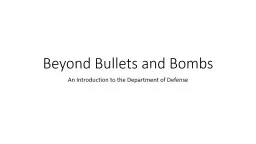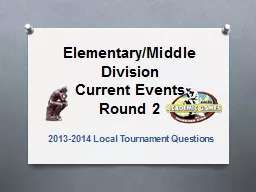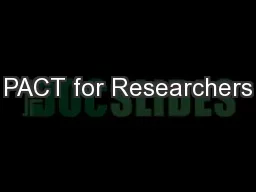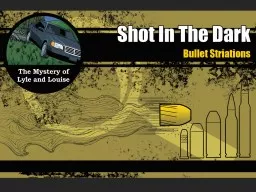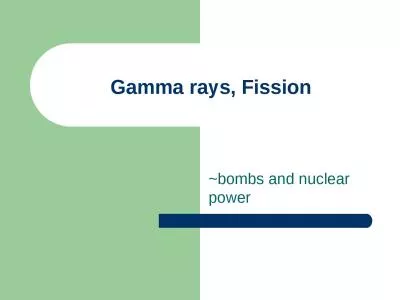PPT-Beyond Bullets and Bombs
Author : limebeauty | Published Date : 2020-10-22
Insights into potential opportunities in working with the Department of Defense Joel Anderson Development Director October 21 2015 The problems t hat exist in
Presentation Embed Code
Download Presentation
Download Presentation The PPT/PDF document "Beyond Bullets and Bombs" is the property of its rightful owner. Permission is granted to download and print the materials on this website for personal, non-commercial use only, and to display it on your personal computer provided you do not modify the materials and that you retain all copyright notices contained in the materials. By downloading content from our website, you accept the terms of this agreement.
Beyond Bullets and Bombs: Transcript
Download Rules Of Document
"Beyond Bullets and Bombs"The content belongs to its owner. You may download and print it for personal use, without modification, and keep all copyright notices. By downloading, you agree to these terms.
Related Documents

